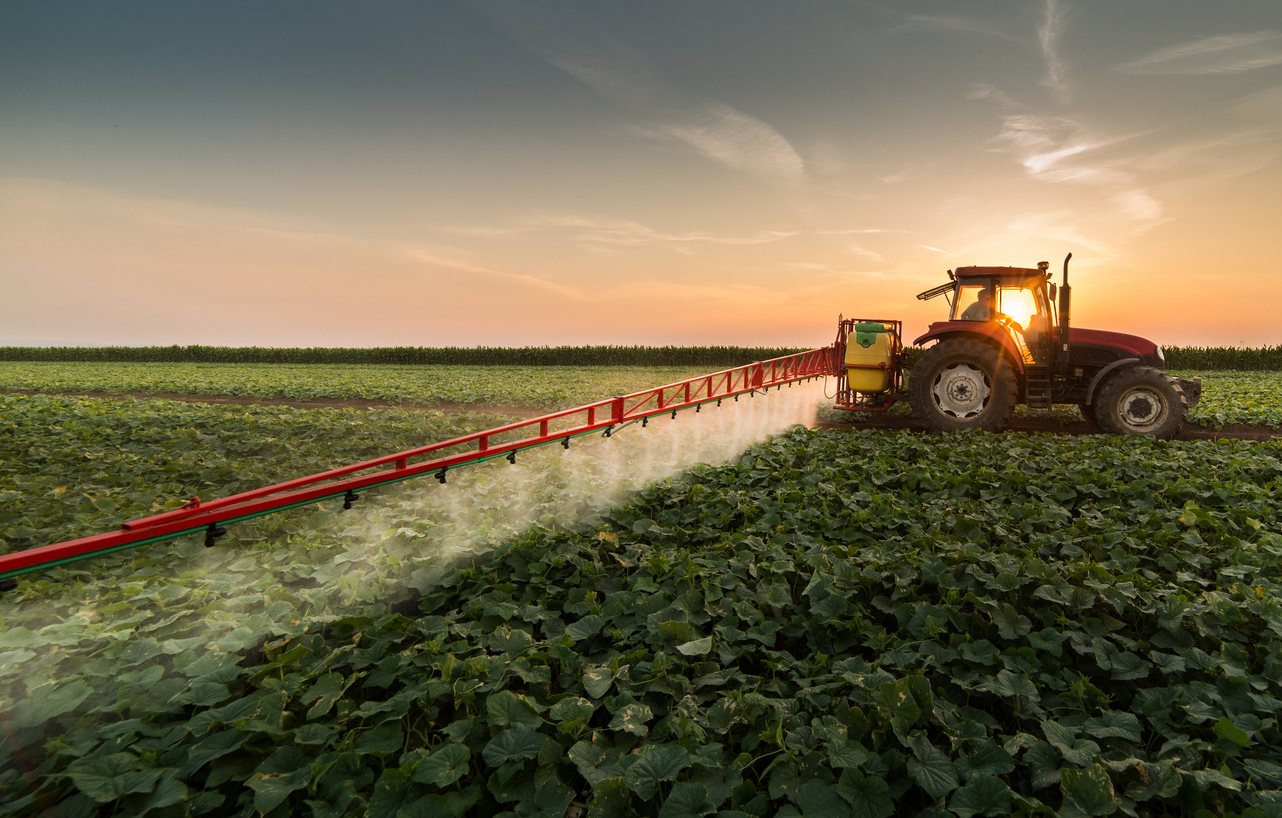Importing and Exporting Mixed Mineral or Chemical Fertilizers from Kenya
Importing and Exporting Mixed Mineral or Chemical Fertilizers from Kenya
Mixed mineral fertilizers (MMF) are commonly used in agricultural practices to improve soil quality and produce nutrient-rich crops. However, the use of MMF also poses risks to human health and the environment. Therefore, it is important to ensure that MMERC implements an effective and risk-based monitoring program to ensure the safe and responsible use of MMF in agricultural practices.
To date, Kenya’s MMF monitoring program has been largely limited to testing for heavy metals, such as cadmium, lead and mercury. However, the presence of a wide variety of other chemicals and minerals in MMF could pose additional risks to human health and the environment if not regulated effectively and responsibly. This article provides a general overview of the risks and regulatory controls that are currently in place in Kenya to ensure the safe and responsible use of MMF.
What is Mixed Mineral or Chemical Fertilizer?
MMF is a broad term that refers to any combination of two or more minerals or chemicals used as a fertilizer. MMF is commonly used in agricultural practices to improve soil quality and produce nutrient-rich crops. However, the use of MMF also poses risks to human health and the environment. Therefore, it is important to ensure that MMERC implements an effective and risk-based monitoring program to ensure the safe and responsible use of MMF in agricultural practices.
Why is Mixed Mineral or Chemical Fertilizer Used?
MMF is used in agricultural practices to improve soil quality, produce nutrient-rich crops and mitigate risk from soil erosion. In Kenya, MMF is used to cultivate food crops, such as maize, potatoes, sugarcane and vegetables. The use of mixed nutrients for crop production is widespread in Kenya, and MMF is distributed as part of agricultural practices in most of the country’s counties. Due to the wide variety of minerals and chemicals contained in MMF, the use of MMF is often highly variable within and between counties. This variability makes monitoring and tracking the distribution of MMF highly challenging.
Scoping and Risk Assessment of Mixed Mineral or Chemical Fertilizers
The first step in the development of a monitoring program for MMF is to conduct a scoping and risk assessment to identify the variables and risks associated with the use of MMF.
– Scoping: Conducting a scoping survey helps in developing a clear definition of the variables of concern, and consequently, the survey parameters.
– Risk Assessment: Following the scoping survey, a risk assessment helps in assessing the potential impacts associated with variables of concern. The assessment identifies the likelihood and magnitude of impacts, and assigns a risk ranking to each one.
– Source Material Identification: The scoping and risk assessment results are used to identify the source material of concern. This information is used to develop a list of known sources of the source material of concern. This information is also used to develop a list of known users of the source material.
Sampling and Analysis
Following the source material identification, a sample of the source material is collected from known sources, and analyzed for a range of variables of concern, including but not limited to:
– Chemical composition: The chemical composition of the sample is analyzed to determine whether the sample contains the desired minerals and chemicals.
– Residual residue: The residual residue analysis determines the amount of the variable of concern that remains on the surface of the source material.
– Physical properties: Physical properties, such as particle size and shape, are analyzed to determine whether the sample is in compliance with regulatory controls on the distribution and use of the source material.
Risk Management and Regulatory Controls
The scoping and risk assessment results are used to develop a list of regulatory controls that are in place to mitigate the risks associated with the use of the source material of concern. These controls include but are not limited to:
– Dispensing guidelines: The guidelines specify the conditions of distribution and use of the source material.
– Harvesting guidelines: Harvesting guidelines specify the method of harvesting for the source material. The guidelines also specify the amount of the harvested product that is to be returned to the source material at the end of the seasonal cycle.
– Storing guidelines: Guidelines are put in place to ensure that the harvested product is stored safely, and is not blown away or otherwise lost.
Conclusion
MMF is a critical component of agricultural practices. In order for the program to effectively monitor and control the use of MMF, a clear and thorough risk assessment of the source material, and a list of regulatory controls are needed. The scoping and risk assessment of MMF, along with the list of regulatory controls, will help in effectively regulating the use of MMF, while allowing farmers to produce healthy food.








LEAVE A COMMENT
You must be logged in to post a comment.